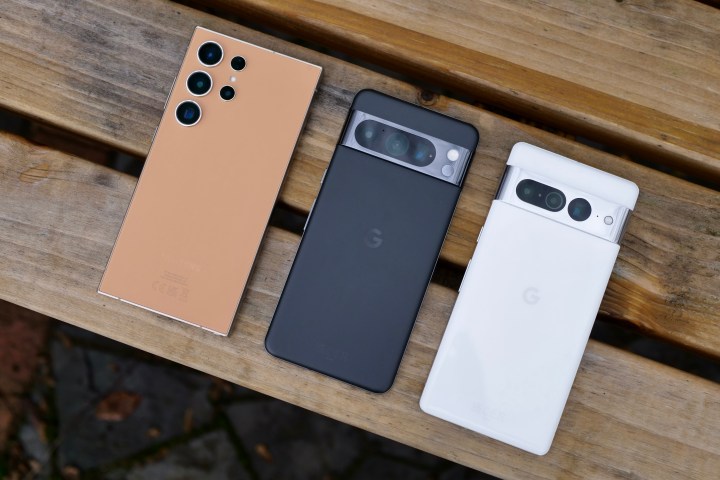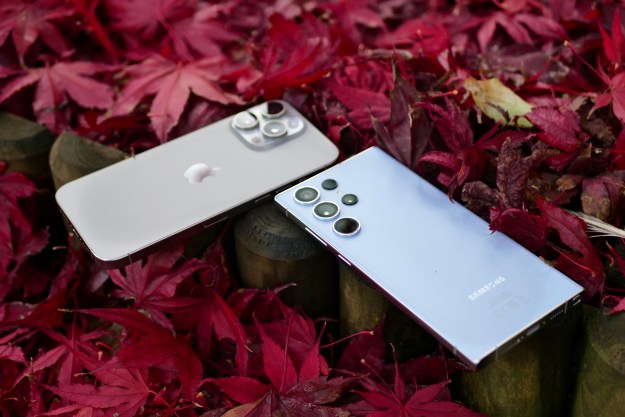
As if inflation isn’t hitting groceries and the housing market hard enough, your smartphone could also become more expensive in 2025. According to a post on Weibo, the price of the Snapdragon 8 Gen 4 — the chip expected to power most 2025 flagship Android phones — is about to increase significantly, along with the cost of the SM8750 wafer used in its production.
There’s no hard figure on what “significant” means, but even a jump of 10% or 20% could translate to a higher MSRP when it comes time to buy your next Android flagship phone. That said, this isn’t completely certain since price increases during production don’t always get passed on to the consumer.
Phone prices on the flagship end are already about as high as consumers are willing to go, with top-tier models of Android and Apple phones pushing $1,000-$1,200. It’s hard to see buyers being willing to spend much more. Unfortunately, prices also tend to be “sticky,” meaning once they go up, they don’t usually come down again. So, if we do see a price hike to accommodate the Snapdragon 8 Gen 4, that may become the new normal.
For some context, the Snapdragon 8 Gen 3 was 25% more expensive than the previous-gen chip, but only some phones, like the Samsung Galaxy S24 Ultra, saw a price increase. Meanwhile, the Galaxy S24, Galaxy S24+, and OnePlus 12 didn’t raise their prices to accommodate the more expensive chip.
Part of the reason the price is increasing is likely the 3nm process TSMC is adopting. The chip is also confirmed to use the new Oryon CPU and an updated neural processing unit. This may translate into significant performance increases, with the Snapdragon X Elite, which has the same CPU, beating Apple’s M3 MacBook Air in some benchmarks and app emulation.
All this said, nothing is confirmed yet. With the Snapdragon 8 Gen 4 set to launch in October, we’re not likely to get hard price figures until a few months from now. And even then, it’ll be at least one or two more months before the first Snapdragon 8 Gen 4 devices are available.
Editors' Recommendations
- Apple may release a completely new type of iPhone in 2025
- iPhone SE 4: news, rumored price, release date, and more
- This Android phone is so bad I couldn’t review it
- An Android phone you haven’t heard of just won the charging game
- I’ve had the iPhone 15 Pro for six months. Here’s why it’s still amazing


